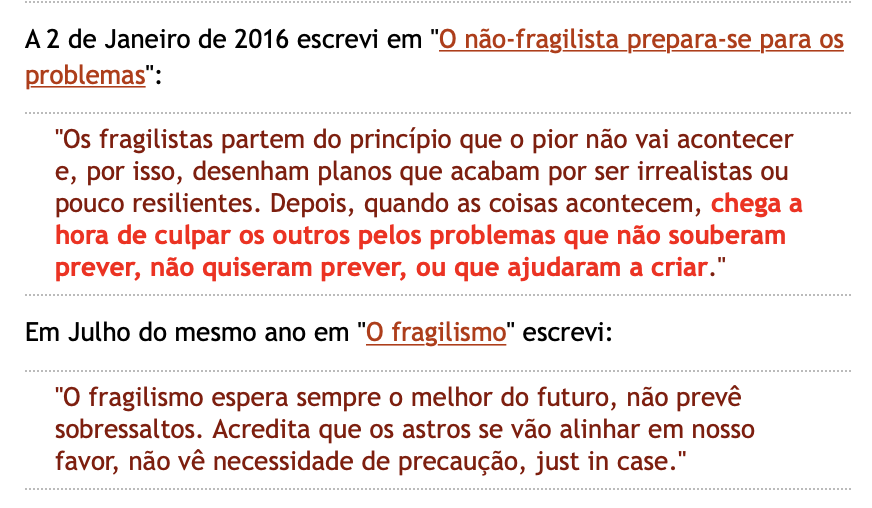Uma lista a não esquecer
"When is the VP not usable in value-based selling?.
When customer (1) wants to buy predefined specifications. instead of impact on his value, (2) is not willing to collaborate. When the value of the relationship is low.
...
When the customer uses target costing that concerns cost reduction only, as managerial accounting device for knowledge transfer to suppliers
...
When customer wants to buy predefined specifications instead of impact on their value
...
When actors on supplier or customer side: (1) don't understand financial value drivers concept and (2) have motivation system which is loosely linked to their company's NPV"
Trechos de "Where is value in b2b value proposition? The concept of value in research on selling, innovation management and NPD" de Ryszard Kłeczek, publicado em Wroclaw University of Economics and Business em Abril de 2018.

































